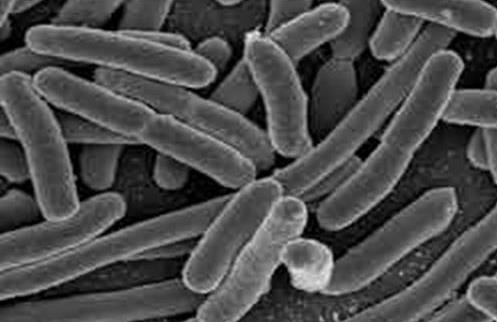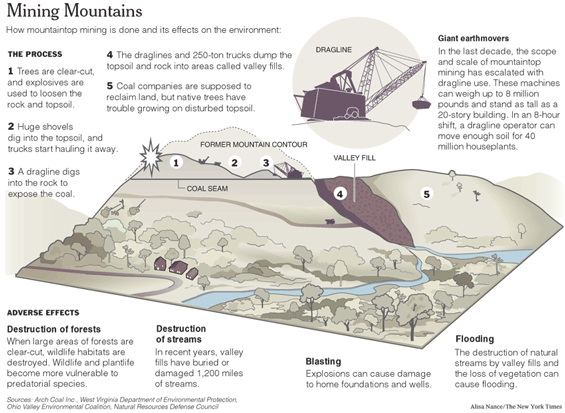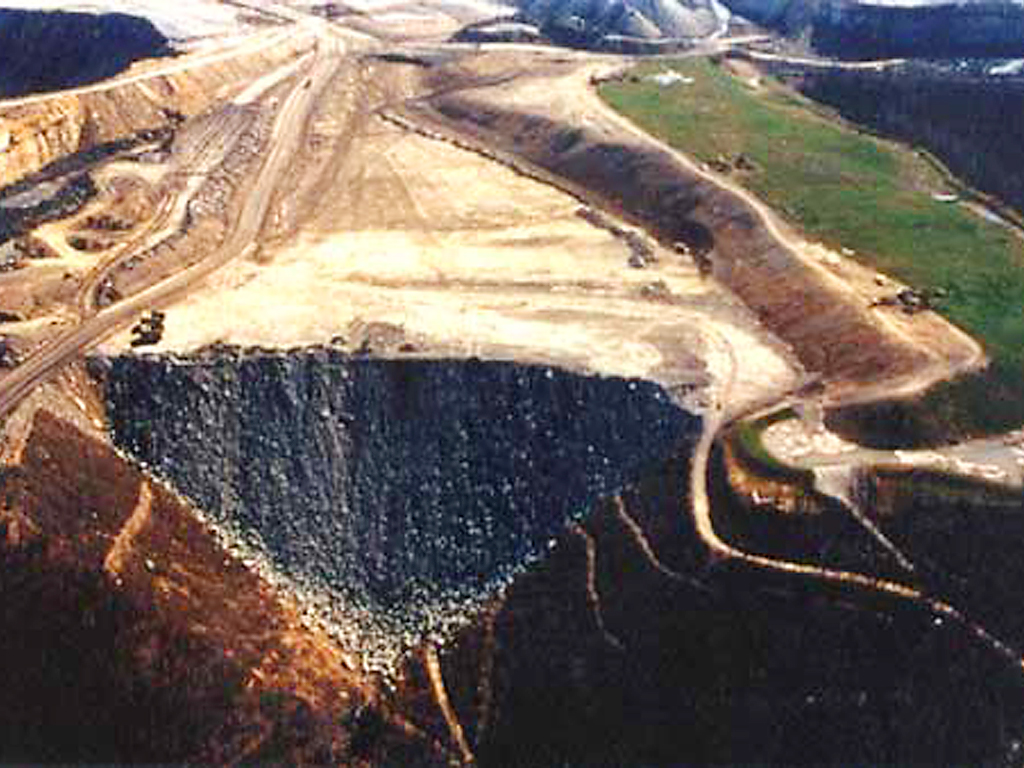Nitrate-Nitrite Nitrogen.
Poorly operated wastewater treatment plants, septic systems, and sewage leaks can add nitrogen to streams. Nitrate is a primary plant nutrient. In moderate amounts, it is harmless, but in excess, it causes algal blooms which reduces water quality. Also, too much nitrate can harm aquatic life. Nitrates can produce a serious condition in fish called "brown blood disease." Nitrites may also react with hemoglobin in human blood and other
warm-blooded animals to produce methemoglobin. Methemoglobin destroys the
ability of red blood cells to transport oxygen. This condition is especially
serious in babies under three months of age. It causes a condition known as
methemoglobinemia or "blue baby" disease. "Water with nitrite levels exceeding
1.0 mg/l should not be used for feeding babies. Nitrite/nitrogen levels below 90
mg/l and nitrate levels below 0.5 mg/l seem to have no effect on warm water
fish." (EPA)
pH
pH is the measure of the hydrogen ion (H+) concentration. The pH scale measures how acidic or basic a substance is and ranges from 0 to 14. The normal range for aquatic organisms is 5.5 to 9.5. Fish and other organisms have adapted to a specific pH level and it can be fatal to the aquatic life if it changes at all. For example, the toxicity level of ammonia to fish varies tremendously within a small range of pH values.
Conductivity

Conductivity is a measure of the ability of water to pass an electrical current. Conductivity in water is affected by the presence of inorganic dissolved solids such as chloride, nitrate, sulfate, and phosphate anions or sodium, magnesium, calcium, iron, and aluminum cations (ions that carry a positive charge. Organic compounds like oil, phenol, alcohol, and sugar do not conduct electrical current very well and therefore have a low conductivity when in water. This current is measured by a conductivity meter. Conductivity is also affected by temperature: the warmer the water, the higher the conductivity. Pure water is also a poor conductor.
Turbidity refers to how clear water is. Human activities, such as mining, can lead to high sediment levels entering water bodies during rain storm. Coal recovery can generate very high levels of turbidity from colloidal rock particles. Turbidity levels are very dangerous for both humans and aquatic life. For humans, drinking water can be very dangerous if it has a high turbidity level. People can develop multiple diseases due to this. In water bodies such as lakes and rivers, high turbidity levels can reduce the amount of light reaching lower depths, this can be harmful to aquatic plant growth and consequently affect fish that are dependent on these plants. High turbidity levels can also affect the ability of fish gills to absorb dissolved oxygen.
Dissolved Oxygen
Dissolved oxygen is a product of photosynthesis and diffusion. The warmer the water, the less oxygen it can hold. Most organisms need at least 5 or 6 ppm to survive. Temperature highly affects the ppm. The higher the temperature, the higher the ppm. This means that summer can often distress aquatic life.
Temperature
The average temperature for most aquatic organisms is 0 to 32 degrees celcius. This is what organisms have adapted to and what they are used to, which means that rapid temperature changes leave aquatic life extremely distressed.
Alkalinity
E. coli
Escherichia coli is a Gram-negative, rod-shaped bacterium that is commonly found in the lower intestine of warm-blooded organisms. E. coli comes from human and animal waste. EPA uses E. coli measurements to determine whether fresh water is safe for recreation. "Disease-causing bacteria, viruses and protozoans may be present in water that has elevated levels of E. coli." (EPA) Levels of E. coli can increase during flooding. E. coli is measured in number of colony forming units. The EPA water quality standard for E. coli bacteria is 394 colony forming units per 100 mL.






















